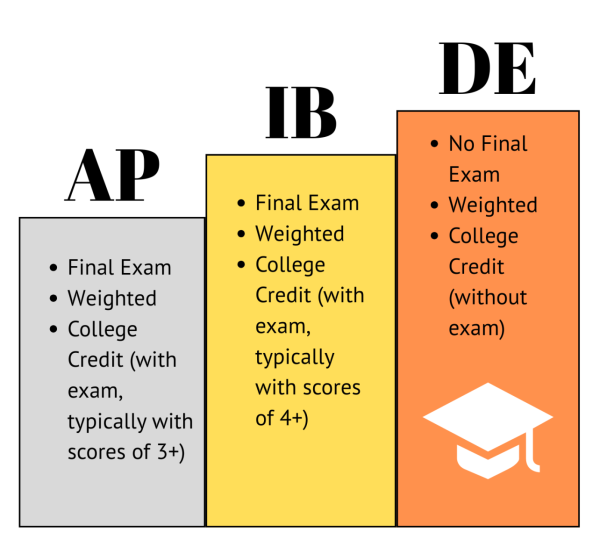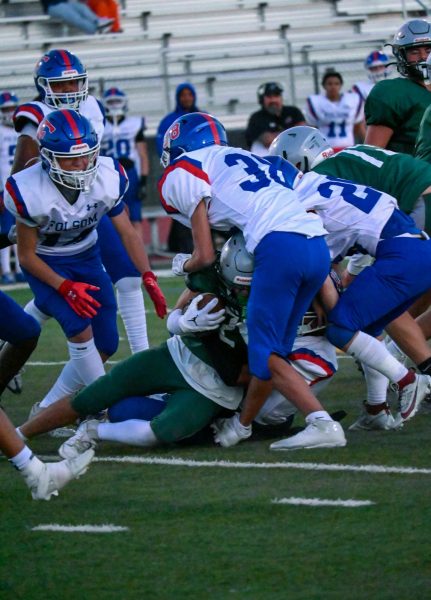Counteracting Zoom bombing
Alongside the inevitable technological issues presented by distance learning, combating Zoom bombing is included within that agenda.
In efforts to prevent “Zoom bombing”, students are now required to “activate” their accounts in order to be admitted into their Zoom meeting.
At the beginning of any school year, teachers and students typically run into various issues that make learning difficult.
In addition to such typical issues, this school year has faced an increasing number of obstacles provided by distance learning in the midst of a pandemic. One notorious problem experienced by many schools participating in virtual learning is “Zoom Bombing.”
According to USA Today, “Zoom Bombing” is when a stranger comes into a Zoom meeting to “chat or wreck havoc. . . sometimes sharing pornographic images or using threatening or hate language.”
Zoom bombings initially became prevalent in the second quarter of the spring semester last school year when Granite Bay High School began its distance learning journey.
If unlucky, teachers and students would be the victims of items such as pornography, drug use, and profane language— or just people causing an overall distraction during the Zoom meeting.
Many students, including junior Bennett Jones, have been on the victim side of the Zoom bombings.
“I didn’t know what to expect from it,” Jones said. “I was only just logging onto Zoom when I (saw) a person smoking right into his camera and using profane language; it was very distracting.”
Though the Zoom bomber was kicked from the meeting seconds later, it was still shocking to see in the middle of class.
In contrast, junior Hayden Grufran, views the Zoom interruptions as harmless most of the time.
“The Zoom bomber just came in and said a couple words that I couldn’t make sense of, and then he was kicked out,” Grufran said. “I never felt threatened or uneasy about the situation at all.”
So one question still remains: is Zoom bombing a threat or just an annoyance?
To help with the issues of these virtual obstructions, the Roseville Joint Union School District has implemented strict guidelines for logging into Zoom. All GBHS students are now required to log in with their school username and password to be able to join the meeting.
In an email sent to all students and families on August 31, 2020, the new Zoom requirements were explained. The communication states that “to properly set up their school Zoom account, (students) must first ACTIVATE their account.” These new steps to log in are to make sure no one is allowed into the class uninvited.
Although these new precautions are helpful, the process has not been perfected yet since technical difficulties still exist.
For example, students that have not verified their accounts will not be able to enter the class. In addition, students who log in from a different device other than the school issued Chromebook, they will often not be admitted into the class. This inconvenience has caused students to miss class time as well as important instructions.
Despite these inconveniences, however, this new sign-in protocol seems to have decreased Zoom bombing cases in virtual classrooms, which makes class time more productive and less prone to distractions.
Andrew is a junior, and this is his first year on the Gazette.









![A group photo of all students who came to STN at the first Cinefest of STN were they showed films that other schools did for some of the competitions.
"[my favorite moment was] crazy 8 or cinefest or socializing." Elliana Montez a freshman at GBHS](https://granitebaytoday.org/wp-content/uploads/2025/03/CgHlLzxuCLXTL8GUeOFSXTK2JFtSMxUFrH6bnLcM-600x450.jpg)




